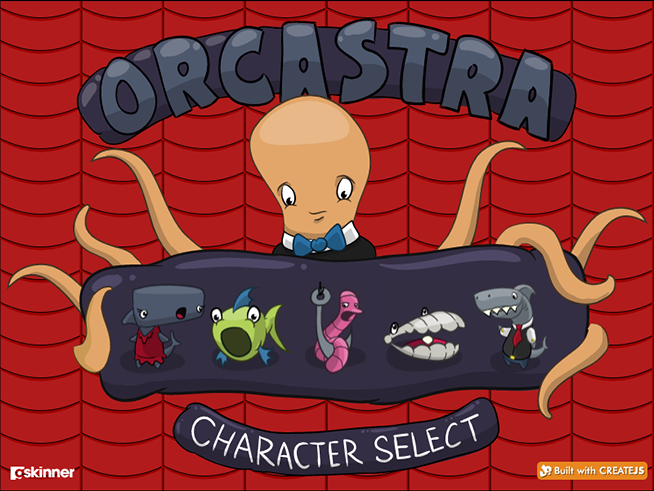Wow. What a difference of couple of years makes. Most of you have noticed a shift in the industry over the last two years towards HTML5 — instead of running away from this change, we’ve embraced it. Our response was CreateJS: a collection of Javascript libraries that allow us to create the same high quality experience and quick turnaround that we are known for.
Not only has the framework been a major part of our development, but some great tools have been created to improve user workflow, such as ToolKit for CreateJS and Zoë.
We are happy to announce new versions of the CreateJS Libraries, available now on the CreateJS CDN and GitHub.
This update includes a new common event model, vastly improved documentation, and a ton of new features and fixes for each library. For specific information on the changes, please review the VERSIONS.txt file in the relative GitHub repositories.
We have also introduced a minified CreateJS library to the CDN, containing all the latest libraries in one handy file.
With this release, we are happy to announce the launch of the CreateJS blog, which will provide a centralized location for announcements and articles about the libraries. Read more about the update to the CreateJS libraries here.
Thank you all for testing, feedback, contributions, and bug reports…keep them coming!

